Chinese Chess: CoTuong/XiangQi - Strategic logic game
Challenge your strategic skills in the ancient game of Chinese Chess.
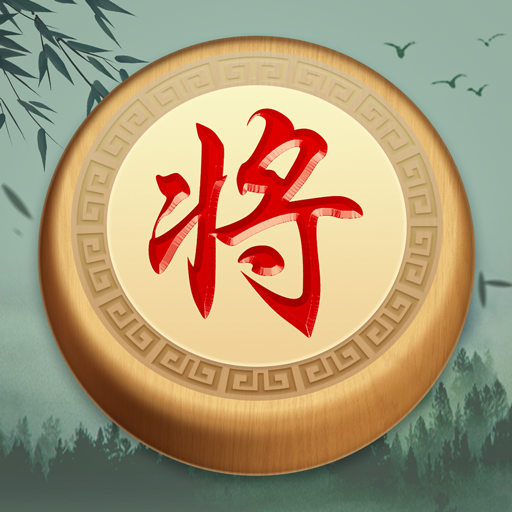
- 4.78301 Version
- 1.4 Score
- 739K+ Downloads
- In-game purchases License
- 3+ Content Rating
Chinese Chess (Xiàng Qí, 中国象棋, シャンチー, Co Tuong), is a strategic board game for two players with a history spanning over 3000 years. The rules of Chinese chess are simple and easy to grasp, making it suitable for players of all ages and backgrounds. Whether you are Chinese or from other countries, male or female, young or old, you can challenge yourself by playing Chinese chess on your mobile phone, engaging in an intellectual competition.
Immerse yourself in the extensive and profound cultural legacy of Chinese chess, explore its unpredictable and mysterious world, and experience the classic gameplay that will transport you into a realm of mystery. Relive historical events like the Chu-Han war through this traditional game and witness the countless strategic possibilities on the chessboard. With 32 pieces requiring logical and tactical prowess, Chinese chess promises to satisfy your craving for a mental challenge!
Key Features of the Free Chinese Chess game:
★ Download for free from the Google Play Store
★ Authentic mode of Chinese chess with an antique game interface
★ Engaging logic grid puzzles showcasing the charm of Chinese chess
★ Stunning graphics, animations, and exciting finger-to-finger battles
★ Six modes ranging from easy to difficult cater to all skill levels
★ Video tutorials on playing chess to help you learn the rules quickly
★ Easy to pick up, hard to master - progress from novice to chess master
★ Enjoy standalone gameplay with various AI difficulty levels to choose from
★ Save real-time statistics and analyze your winning ratio accurately
★ Engage in online matches against real opponents for a challenging experience
★ Access multiple functions including replay, undo, resort, Friends Room, etc.
★ Review mode allows you to revisit games and improve your skills
★ Complete daily tasks to earn rewarding surprises
What is the Origin of Xiangqi?
Chaturanga
Some believe that all chess-like games across the globe have the same root - Chaturanga. Both Xiangqi and Chess evolved from Chaturanga with the integration of elements from their local cultures.
Chaturanga was a popular game in India between the 2nd and 4th century AD for 2 players on an 8x8 board. Each player starts with a king, an advisor, two elephants, two knights, two chariots, and eight pawns; the one who first checkmates wins. Initially brought to Southeast Asia and Central Asia, chaturanga then made its way to Europe and East Asia through Persia. In the Tang and Song dynasties, the evolution of Chaturanga gradually took shape in China, and Xiangqi with the characteristics of the Chinese political system came into being.
The Ancient Chinese General Hanxin
There is also a story about the origin of Xiangqi that has been passed down in folklore. Han Xin, a legendary General in the Chinese history, wanted to record his insights on the art of war in a book after being jailed, but was stopped from doing so by Empress Lu. Eventually, he came up with an interesting idea: Using the sand as the battlefield and carved 32 bamboo pieces to represent the army to simulate the way of warfare.
A jailer happened to admire Han Xin’s war strategy very much and learned a lot from him. After Han Xin's death, the jailer quitted his job and focused on studying Han Xin's theories on the art of war. He moved the grid from sand to paper and replaced the bamboo pieces with wood. This approach has been passed down from one generation to the next and finally transformed into modern Xiangqi.
What are the Common Chinese Chess Opening lines?
Same Direction Cannons
Opposite Direction Cannons
Central Cannon vs. Screen Horse Defense
Central Cannon vs. Sandwiched Horse Defense
Central Cannon vs. Single Horse Defense
Central Cannon vs. Left 3-Step Tiger
Central Cannon vs. Left Cannon Blockade
Central Cannon vs. Mandarin Duck Cannons
Central Cannon vs. Turtle Back Cannons
Central Cannon vs. Tandem Cannon Defense
Soldier Opening
Elephant Opening
Horse Opening
10 most important Xiangqi (Chinese Chess) opening principles
1. Develop the main pieces as early as possible
The three most powerful pieces in Chinese chess (Xiangqi /Cờ Tướng/Co Tuong) are Chariot, Horse, and Cannon. They are called "main pieces". In the opening, you should develop the main pieces as early as possible, deploying them from their initial position to the good attacking or defending positions. Because of their mobility and ability to control space, they can control the main files or ranks and important areas very well.
For novice Chinese chess players, you can try the classic "three steps tiger" opening, which means developing the Cannon to C5, Horse to C7, and then Chariot to A8 in the first three moves of the opening. No matter which opening line Black takes, Red will be able to use the "three steps tige" method to develop Chariot, the most powerful piece.
2. Don’t congest your pieces
In the opening, you need to pay attention to the coordination between your pieces, so to avoid the congestion of pieces in one area that would make your pieces block each other’s development. For example, it is best for a novice to avoid the “Golden Hook opening”, which tends to lead to congestion of main pieces on one side, making it difficult to move. Although this type of opening occasionally occurs in high level games, it is not easy for novices to use this kind of openings. Novices may easily get themselves into disadvantage when using them.
3. Control the central region
In Chinese chess, the movement of the general, the winning target for both sides, is restricted in the palace, which is located in the central region of the board. Therefore, when deploying pieces in the opening phase, we should try to control the central region. For example, when it is unnecessary, try to avoid moving Elephant to the edge, in order to avoid weakening the protection of the central region and to the general; in terms of the development of the Horses, it is recommended to at least develop one Horse on the “Central Horse Positions (C3, C7)”, avoid developing both Horses to the edge, so to ensure the protection of the central soldier.
4. Don’t move the general unnecessarily
In general, the initial position is the safest position for the general, because it can be well protected by the Advisors, Elephants, and central Soldier. Therefore, it is not recommended to move the general in the opening phase to avoid your general falling into a dangerous situation.
5. Don’t isolate your piece
In the opening, you need to pay attention to the cooperation between the pieces and avoid advancing a single piece going deep into your opponent’s region without support, because an isolated piece is more likely to be surrounded and destroyed by the opponent. For example, in the case of advancing the cannon to opponent’s region when other main pieces haven’t been well-developed, not only it is difficult to maximize the Cannon’s strength in this way due to the reduced number of mounts, but also it would be easily surrounded and captured. So, novice players should avoid this kind of moves.
Using the Red Cannon to take the G3 Black Soldier is a bad move, because 1) Now the Cannon is isolated and 2) the C7 Horse lost protection
6. Don’t make meaningless moves
In the opening, you should develop pieces efficiently and avoid making meaningless moves, especially repeated moves, so not to waste moves and affect the efficiency of development. Some novices, before learning Chinese chess opening principles, like to move the river-bank Cannon (Red Cannon on Rank E or Black Cannon on Rank F) back and forth on file 1, 3, 5, 7, 9, to attack the opponent's Chariot, Elephant, Horse, General, etc., commonly known as "18 punches along the river", but in fact these attacks are useless, because they are indeed helping the opponent to develop his/her pieces. Another example is that in the situation below, some novices may take A8E8 and then E8G8, which is a meaningless waste of moves, because Red could have used one move of A8G8 to achieve his/her goal.
Red could achieve his/her goal of advancing the chariot to G8 by one move, A8G8.
7. Free the Horse
In Chinese chess, the movement of the Horse is limited by the "Horse Block rule", so the number of available moves is an important factor in measuring the value of the Horse, and it is also the key to maximize the Horse’s strength. In the opening, you should try to make your own horse's path as clear as possible, and try your best to limit the opponent's path. A useful technique is moving up the Soldier in front of the Horse, which can be used to block the development of opponent's Horse while opening the path for your Horse to develop.
The Soldier in front of Red Horse on file 3 is blocking the Black H3 Horse when the Red C3 Horse is free to develop. The Black F9 Soldier is also doing the same thing.
8. Prioritize the development of the Chariot
The Chariot is the most powerful piece in Chinese Chess. Maximizing its strength is crucial for both offense and defense. Although a "Deferred Chariot" opening (prioritizing other pieces’ development for a period) is possible, " Deferred Chariot " is not the same as not developing the Chariot.
There are three common ways to play a Chariot: "Ranked Chariot", "Filed Chariot", and "Armpit Chariot".
This is a typical Deferred Chariot opening, where Red chooses to not develop the chariot and move the soldier by a D7E7 move to free the horse first, then Black develops its Chariot earlier than Red. In the later moves, Red should still wait for an opportunity to develop its A9 Chariot.
The B1 Chariot is called "Ranked Chariot", while the J9 Chariot is called "Filed Chariot".
The A6 Chariot is called "Armpit Chariot".
9. Cannon is slightly more valuable than the Horse in the opening
In the opening, the Horse's movement is more restricted, because there are more pieces on the board in this phrase comparing to the later phrase of the game. So, it is difficult to maximize the Horse’s strength in the opening. In contrast, having more pieces on the board means there are more mounts for the Cannon, therefore is easier to maximize the Cannon’s strength in the opening. This is why Cannon is slightly more valuable than the Horse in the opening, and it is not beneficial to exchange a Cannon for a Horse in the first move, both because it results in exchanging your higher value Cannon for a lower value Horse, and because it causes your opponent's Chariots to develop and attack you more quickly.
A bad exchange
10. Linking Elephants and Advisors
Advisors and Elephants are important defensive pieces, and their linkage can build a strong defense for the general. In the opening, you can link up Advisors and Elephants when you have the chance to prepare for future offensive. However, please note that developing main pieces has a higher priority than this principle. We shouldn’t link up Elephants and Advisors at the expense of efficiency of main pieces’ development.
6 Play Modes of Chinese XiangQi:
Online Battle:
Join free Novice, Intermediate, and High-level fields for real-time matches. Networking Friends Room mode offers a unique experience of playing against others. Experience the thrill of real-time chess battles and learn new strategies.
AI Mode:
Challenge yourself with one-on-one battles against AI opponents in a magic four-square grid. Play offline with 7 different Computer difficulty levels and enhance your skills rapidly from a beginner to an expert.
Two-player:
Compete face-to-face with friends in Local Mode. Play JiangQi together on the same mobile screen for a true test of intelligence and strategy.
Endgame Mode:
Solve a variety of Chinese chess endgames and brain teasers inspired by ancient times. Test your reasoning, logic, and brainpower as you navigate through challenging endgame levels.
Dark Chess:
Embark on this brand-new mode of Chinese chess that tests your logical ability and reaction speed. Challenge AI or real players in a game where flipping pieces requires precise judgment, providing a blend of fortune and intelligence.
Chess Manual Deduction:
Explore various classic chess manuals packed with detailed procedures and explanations. Enhance your cognitive abilities and engage in brain exercises after studying these manuals.
Representing Chinese Traditional Culture:
Different from backgammon and lichess, Chinese chess showcases a rich variety of gameplay rooted in China's esteemed traditional culture. Each chess piece (General, Advisors, Elephant, Horses, Chariots, Cannons, and Soldiers) interacts with others, creating a game of strategic depth and cultural significance. The ever-evolving nature of Chinese chess reflects the continuous innovation within Chinese culture.
Step into the world of Chinese chess, immerse yourself in its intricacies, exchange experiences, and compete with fellow enthusiasts and masters. Once you start playing, you'll find it hard to stop!
- Version4.78301
- UpdateOct 12, 2024
- DeveloperHDuo Fun Games
- CategoryBoard & Casino
- Requires AndroidAndroid 5.0+
- Downloads739K+
- Package Namecom.chinesechess.xiangqi.battle
- Signature639e77e8e2b3cc02a5a53adaf555515a
- Available on
- ReportFlag as inappropriate
-
NameSizeDownload
-
47.76 MB
-
72.05 MB
-
72.40 MB


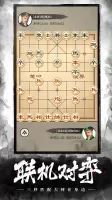
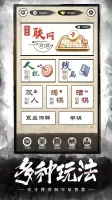


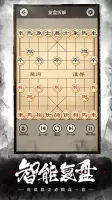
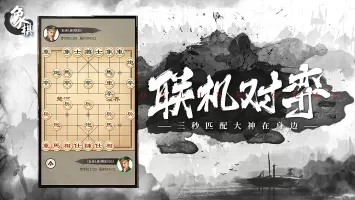
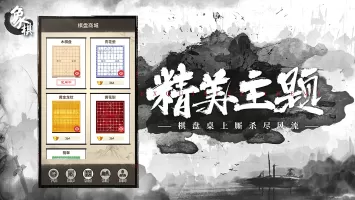
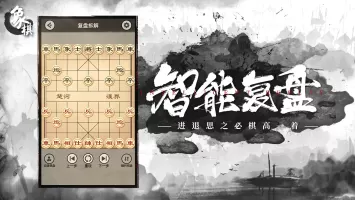
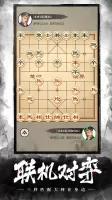
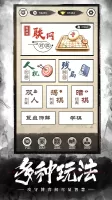


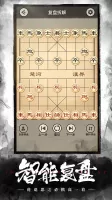
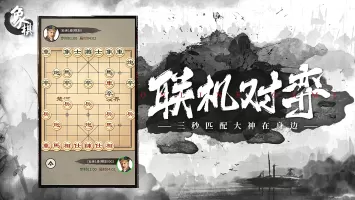

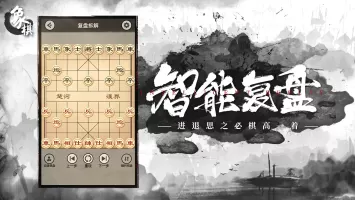

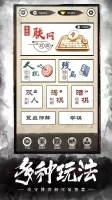


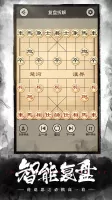
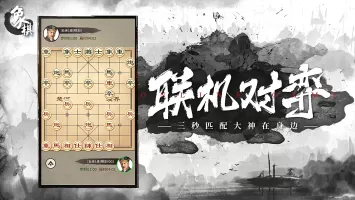
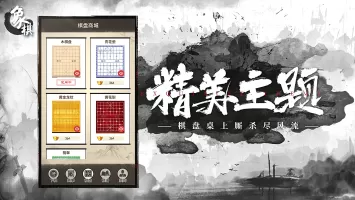
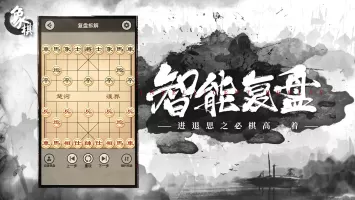
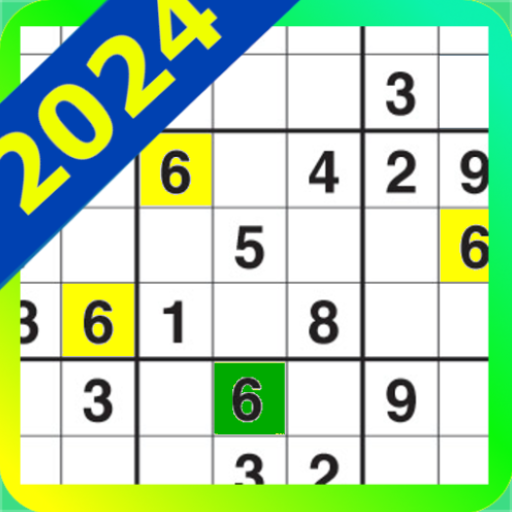


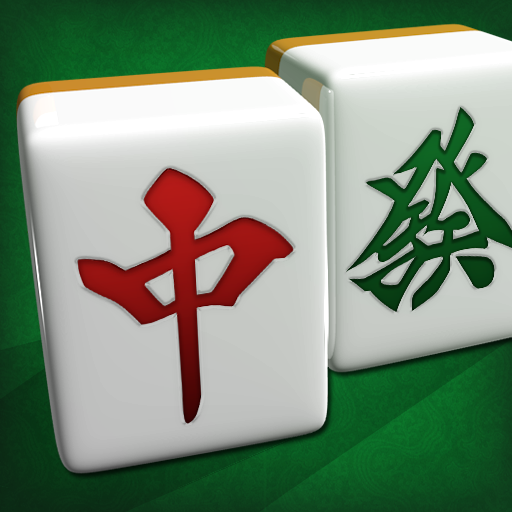

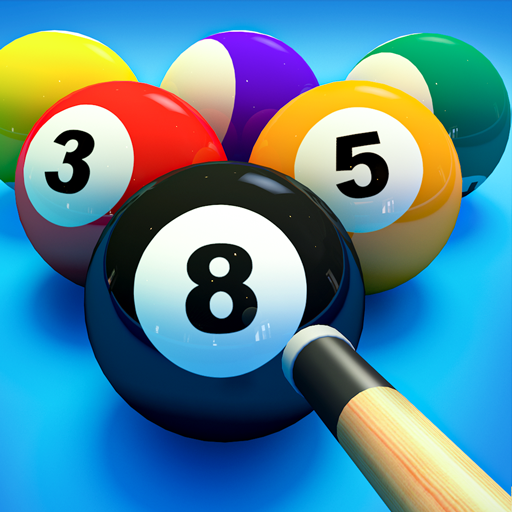
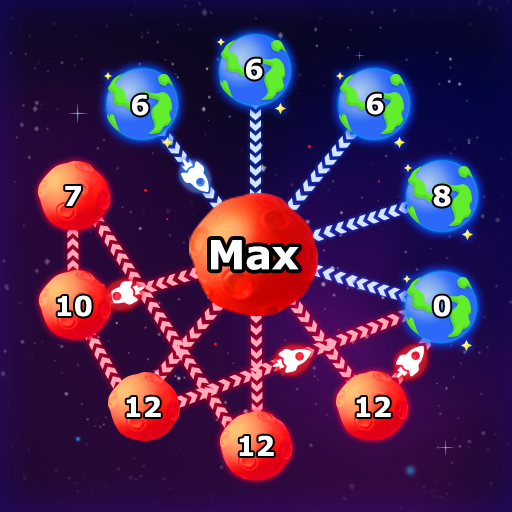
















The app provides multiple game modes
Provides easy-to-understand video tutorials and chess analysis to help players quickly master game skills and strategies
The software records players' game statistics and win rate analysis to help users understand their progress and shortcomings
Some levels of AI performance are not smart enough